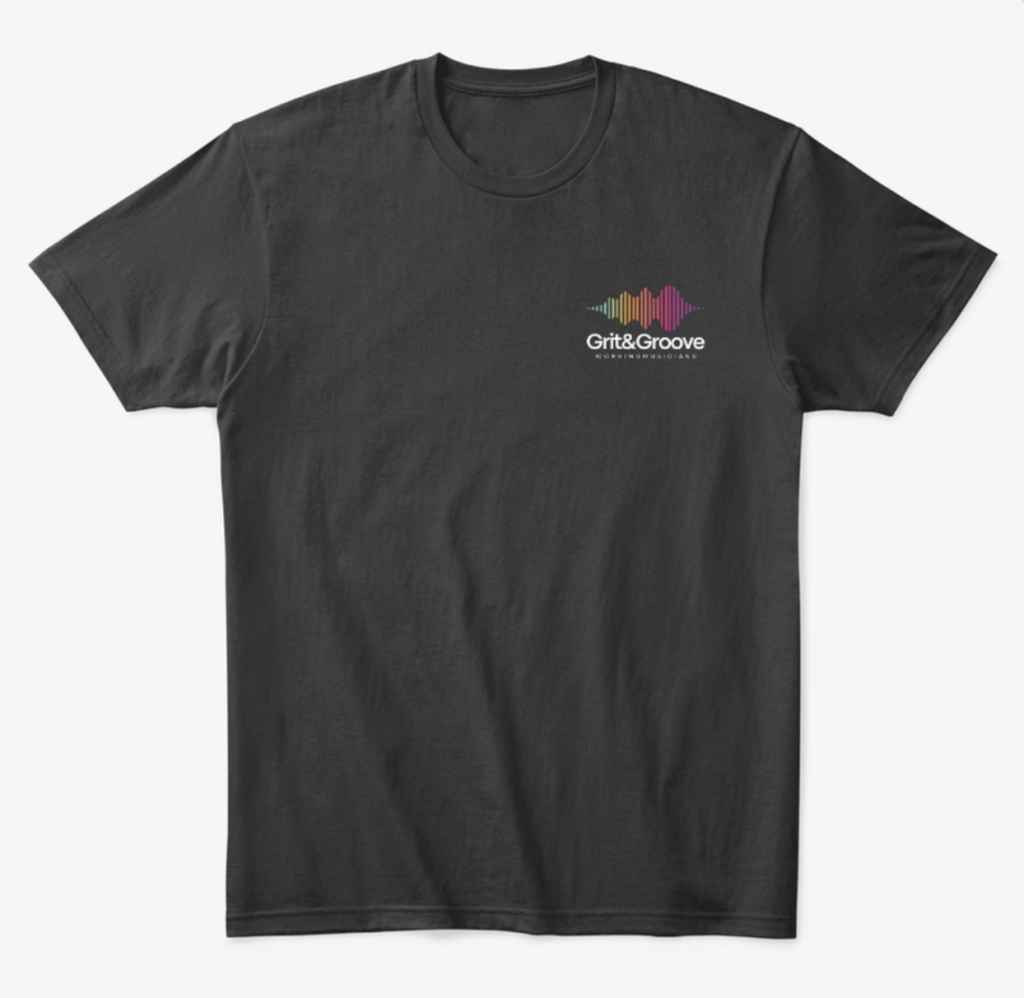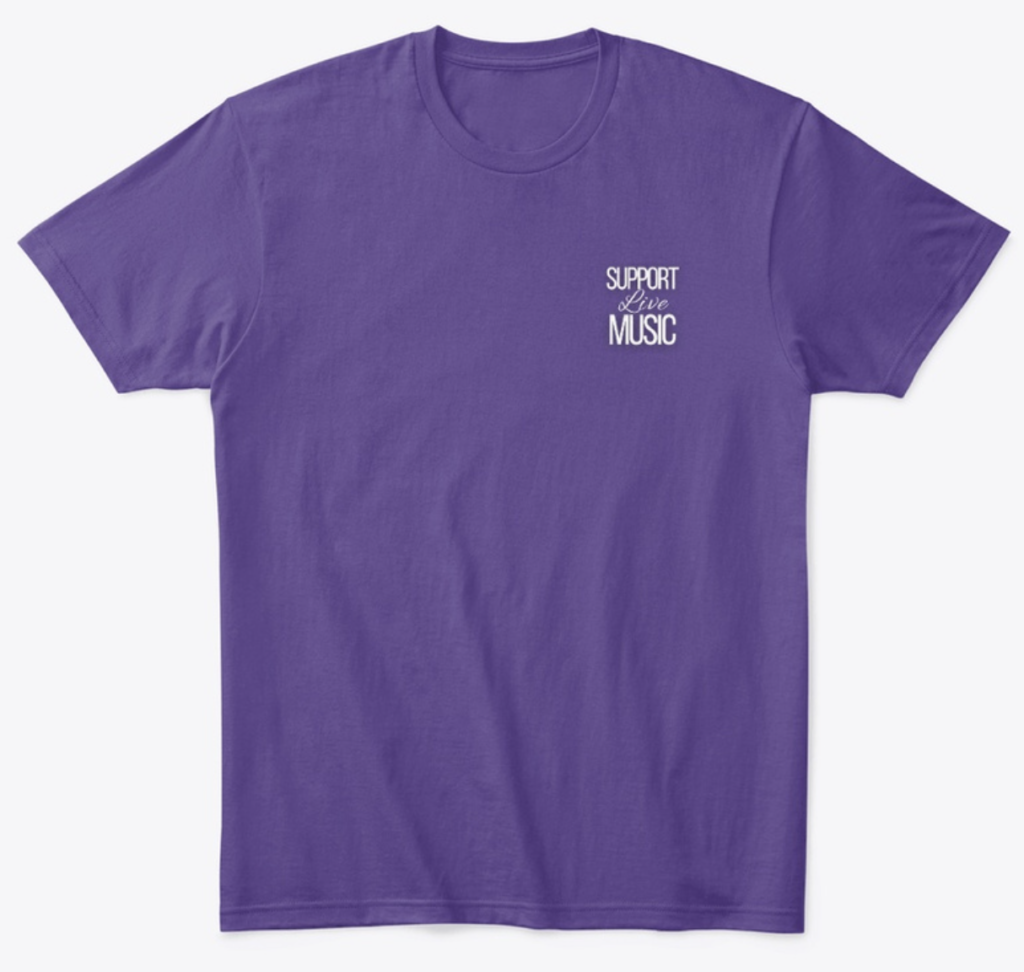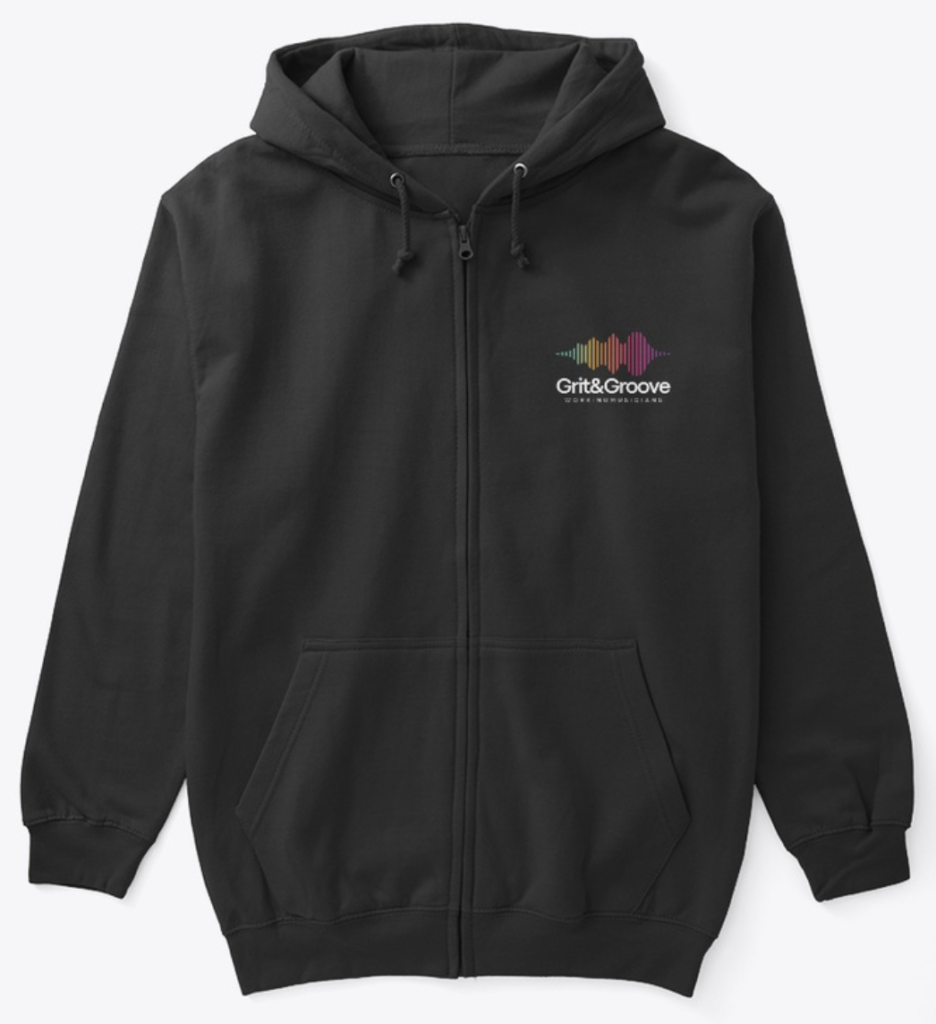Cover songs have stood the test of time, connecting generations of music lovers. Whether it’s Joe Cocker’s raspy rendition of The Beatles’ “With a Little Help from My Friends” or Whitney Houston’s stratospheric version of Dolly Parton’s “I Will Always Love You,” covers have always intrigued us. But here’s the age-old question: When it comes to playing cover songs as a working musician in today’s venues, should you recreate them as carbon copies or put your unique spin on them? Let’s dive in.
1. The Appeal of a Carbon Copy
True to Originality:
Many argue that the essence of a cover lies in staying true to the original. When you replicate the original song, it brings back memories, evoking emotions linked with the initial song. This can make your performance relatable and instantly recognizable.
Technical Skill Showcase:
Executing a carbon copy showcases your ability to reproduce complex compositions, notes, and rhythms as the original artist intended. For budding musicians, it can be a technical exercise and a testament to their prowess.
Nostalgic Value:
Hitting those familiar notes can transport an audience back in time. The joy of experiencing a classic, in its original flavor, can be deep, especially for die-hard fans of the original.
2. Making Them Your Own: The Magic of Creative Individuality
Creative Expression:
Music, at its core, is about expressing oneself. By adding your unique touch to a cover, you share a piece of yourself. This could be through a different musical arrangement, vocal style, key, or even instrumentation.
Standing Out:
With thousands of musicians covering the same popular songs, adding your own unique spin can help differentiate you from the rest. Think about it: Would Johnny Cash’s version of “Hurt” be as impactful if he’d just imitated Nine Inch Nails? I know, I know, “But you’re not Johnny Cash.” Actually, that’s a good thing because then one of us wouldn’t be necessary.
Flexibility Across Genres:
Transforming a song gives you the liberty to cross genres. A rock classic can become a soothing ballad, or a pop song can get a jazzy twist. This flexibility can attract a broader audience who may not have connected with the song’s original genre.

3. What Do Audiences Prefer?
While some purists believe in maintaining the sanctity of the original, others crave fresh takes on beloved classics. It’s subjective, as music tastes are diverse.
However, one rule remains golden: Regardless of your approach, it should sound good. If you choose to remain true to the original, ensure you do justice to it. And if you’re adding your touch, make sure it complements the song rather than detracting from it.
4. The Middle Ground: A Fusion of Both
Who says you need to pick sides? Many successful covers have blended elements from the original while also adding a unique touch. This fusion can satisfy both camps, offering familiarity interlaced with novelty.
Conclusion: To Copy or Not to Copy?
When playing cover songs, the choice between carbon copying and infusing your personality is deeply personal. It’s a balance of paying homage to the original artist while also showcasing your artistry. Whatever you choose, remember the heart of the matter: to connect with your audience and share the joy and love of music.
Music is a universal language. Whether it’s a replica of a timeless classic or an innovative reinterpretation, the aim is to strike a chord with your listeners.










